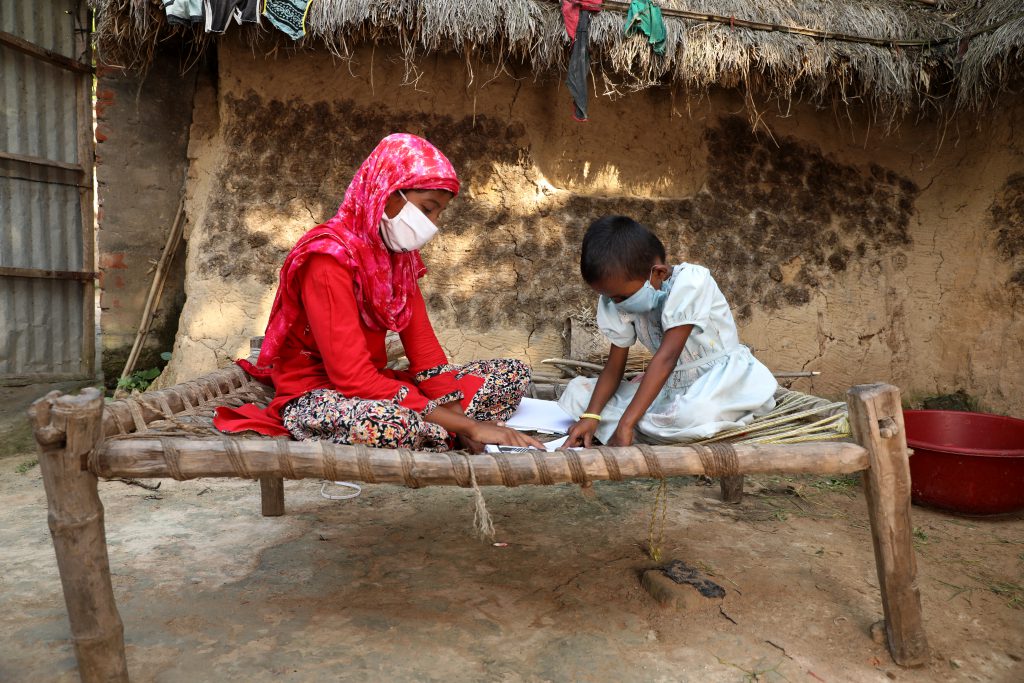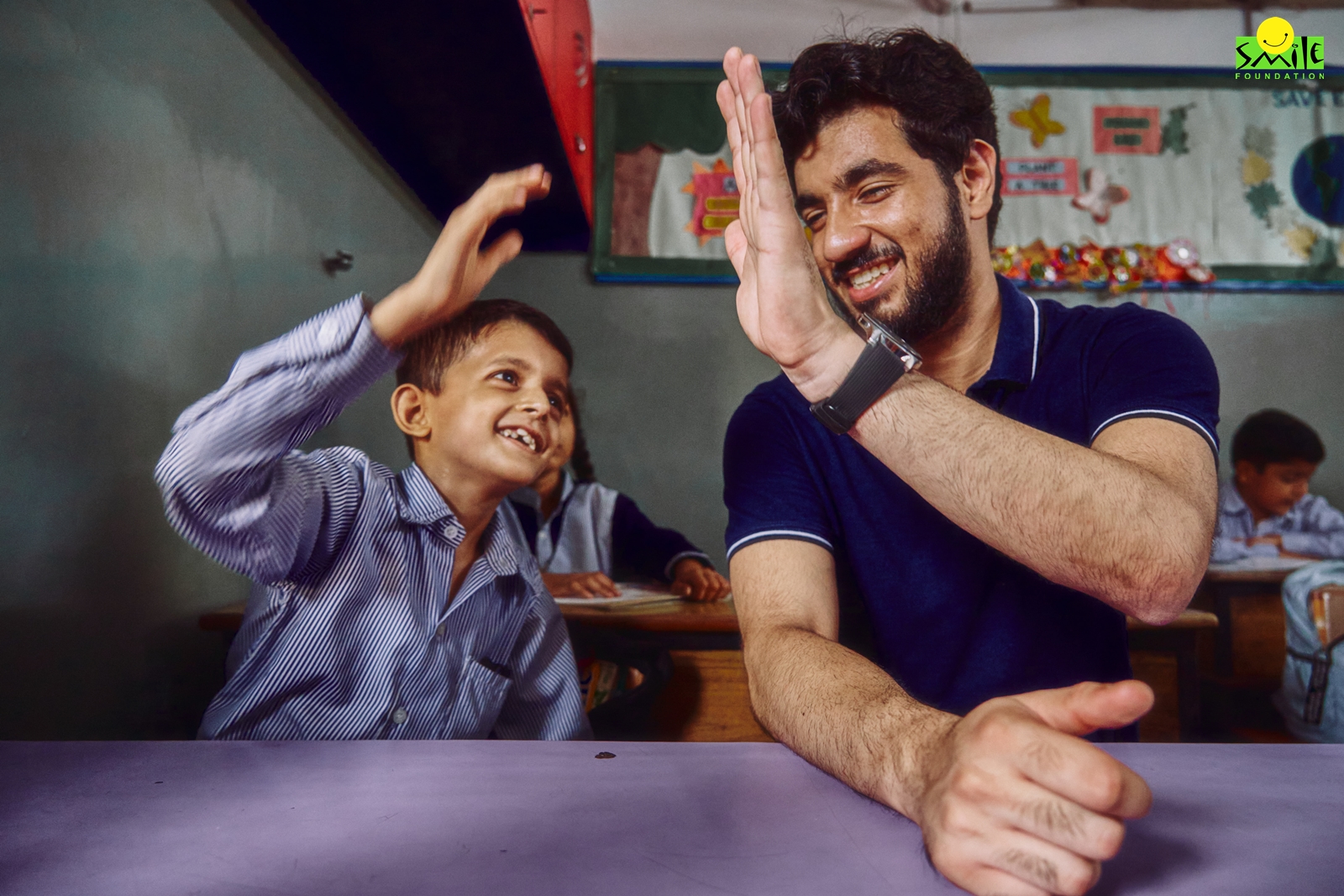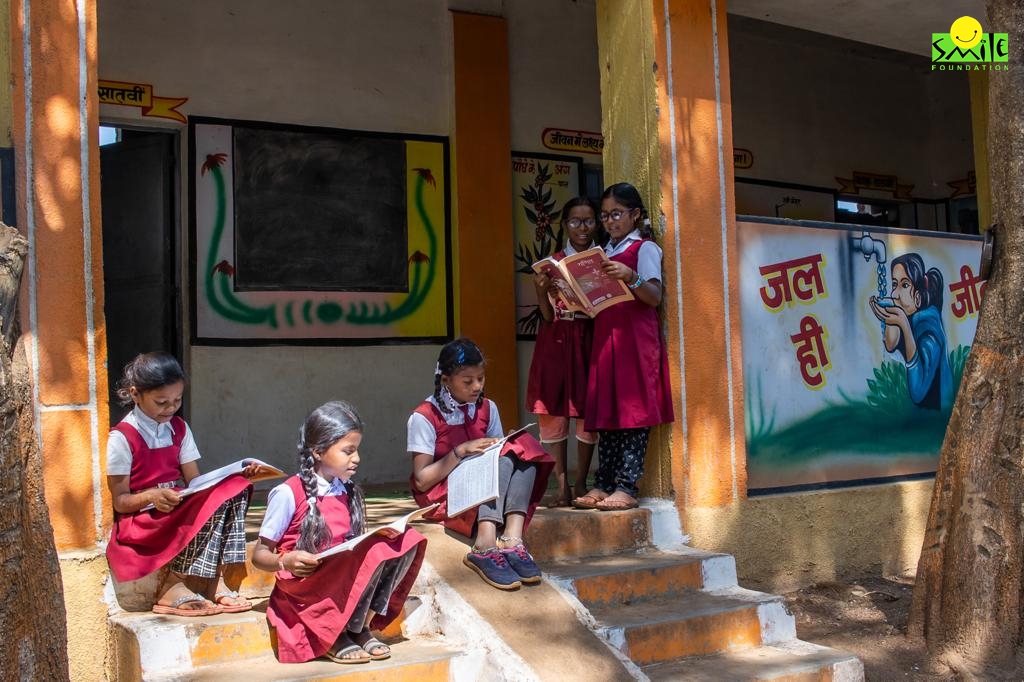Over the past decade, gender equality has been recognized as key not only to the health of nations, but also to their social and economic development. The promotion of gender equality and empowering of women is one of the Sustainable Development Goals. But even though India is a signatory to the goal, unfortunately it lags far behind in terms of gender equality as a major portion of our population; verily the half of humanity – the female sex, continues to be denied not just their rights and an equal status, but even the chance to survive.
The Child Sex Ratio (CSR) in India, which has constantly been on the decline since Independence, has appallingly touched an all-time low. From 976 in 1961, to 927 in 2001, 914 in 2011 and 899 in 2018, the decline in CSR rings a threatening alarm for the country. Why?
Child Sex Ratio is the number of female children in the age group of 0-6 per thousand of male children in the same age group, at any given point of time. Since it counts six years after birth too, a decline in CSR means that not only are lesser girl children allowed to take birth, but even after birth, the chances of their survival are much lower, when compared to male children.
Amartya Sen’s seminal essay, ‘More than 100 Million Women are Missing’, in New York Times in 1990 about the skewed sex ratio in Asia and Africa, stands true for India even three decades later, though in a much more frightening proportion when applied to the Child Sex Ratio. This is because CSR is not only a reflection of the present gender bias in society, but also a wake-up call warning of the steep and unavoidable gender imbalance in the future.
It is significant that while the country has progressed in every sector since the Independence, be it education, commerce or health, the Child Sex Ratio has witnessed a continuous decline. Why one may ask, if more people are educated and aware now; many are financially better off to raise children; government policies support families with girl children, then why this decline? Many blame it on the advances in medical technology that have come over the years, enabling sex detection and sex selective abortion.
It is true that technical advances have facilitated avoidance of unwanted births. While earlier female infanticide was resorted to, now it is female foeticide that is more readily used to prevent girls from taking birth. The country’s policy makers recognized this menace in 1994 and tried to prevent the misuse of Ultrasound and other diagnostic techniques though the Pre Conception and Pre Natal Diagnostic Techniques (PCPNDT) Act. But since then, the Child Sex Ratio has only declined further.

It is important to realize that technology is not the real cause behind the dropping CSR, it is only a catalyst. The questions – why these methods are resorted to, why girl children are not allowed to take birth, or allowed to survive beyond their early years, must be answered to understand the root cause behind the decline in Child Sex Ratio. The answer is the prevalence of a strong son preference in our society. Even after ages, this gender bias continues to put expecting mothers into undue pressure as families and society continue to prefer male children.
Child Sex Ratio is an indicator of not only gender balance or lack thereof, but also a trigger for trends in important aspects of development in any society – education, health, employment and empowerment. This is because women, as forbearers of the next generation, have a key role in building the future of a nation. If women are healthy, educated and empowered, it is more likely that their children will go to school, their families will be healthy and communities will prosper.
It is time we recognize the central role a woman plays in welfare of a family, of a society, indeed, of the whole country and give her an equal chance. Laws and policies will not be able to recover the missing girl children unless the society itself becomes a friendly and conducive space and welcomes girl children with open arms.
To know more about Smile Foundation’s work on girl child empowerment visit https://www.smilefoundationindia.org/she-can-fly/








